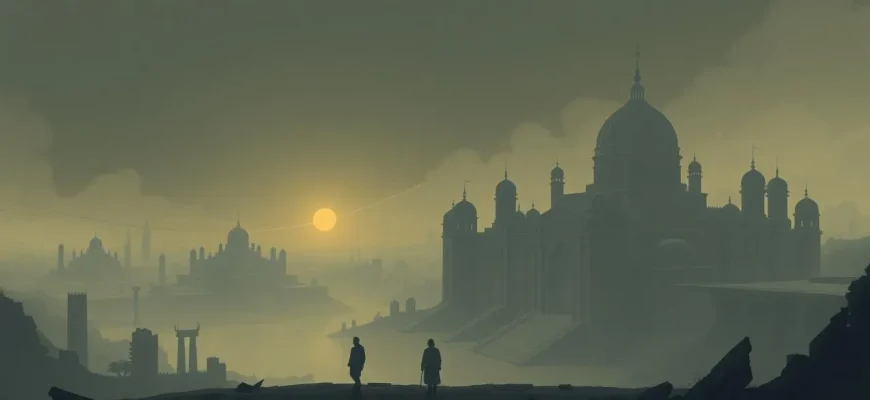The rise and fall of empires have always been a rich source of drama, intrigue, and lessons in history. These films delve into the complexities of power, the inevitability of decline, and the human stories woven through the fabric of empires. Whether it's the Roman Empire, the British Raj, or fictional realms, these movies offer a window into the tumultuous end of grand civilizations, providing both entertainment and insight into the cyclical nature of history.
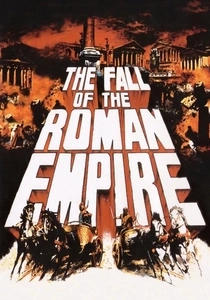
The Fall of the Roman Empire (1964)
Description: This historical epic examines the internal and external pressures that led to the decline of the Roman Empire, focusing on the reign of Marcus Aurelius and the subsequent chaos.
Fact: The film was one of the most expensive ever made at the time, with a budget of $20 million. Its sets were so grand that they were later used for other films like "Cleopatra."
 Watch Now
Watch Now 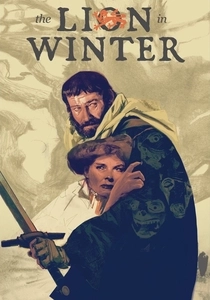
The Lion in Winter (1968)
Description: Set during Christmas 1183, this film depicts the political and familial intrigue surrounding King Henry II of England, showcasing the internal strife that can contribute to an empire's decline.
Fact: The film was adapted from a successful Broadway play, and Katharine Hepburn won her third Best Actress Oscar for her role as Eleanor of Aquitaine.
 Watch Now
Watch Now 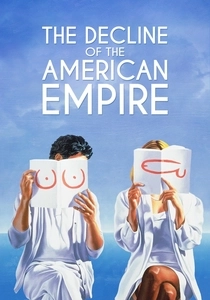
The Decline of the American Empire (1986)
Description: This Canadian film uses a dinner party setting to discuss the moral and cultural decline of the American Empire through the conversations of its characters, reflecting on the broader decline of Western civilization.
Fact: The film was nominated for an Academy Award for Best Foreign Language Film. Its sequel, "The Barbarian Invasions," also received critical acclaim.
 Watch Now
Watch Now 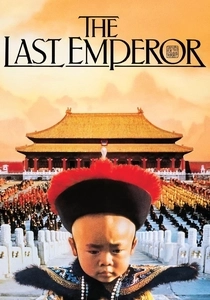
The Last Emperor (1987)
Description: This biographical drama chronicles the life of Puyi, the last Emperor of China, from his ascension to the throne at age two to his eventual downfall and life under communist rule. It's a poignant look at the end of an era in Chinese history.
Fact: The film was the first Western production allowed to film in the Forbidden City in Beijing. It won nine Academy Awards, including Best Picture.
 Watch Now
Watch Now 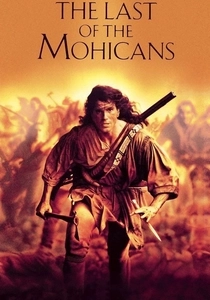
The Last of the Mohicans (1992)
Description: While focusing on the French and Indian War, this film captures the decline of Native American cultures and the encroachment of European empires, symbolizing the fall of indigenous empires.
Fact: The film was shot on location in North Carolina's Blue Ridge Mountains, providing an authentic backdrop to the story.
 Watch Now
Watch Now 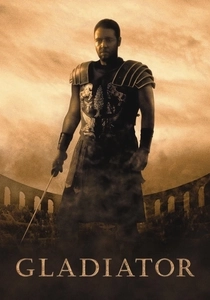
Gladiator (2000)
Description: This epic tale captures the decline of the Roman Empire through the eyes of Maximus, a betrayed general turned gladiator, who seeks revenge against the corrupt emperor Commodus. The film showcases the internal decay and political machinations that lead to Rome's downfall.
Fact: Ridley Scott was inspired by the 1950s epic "Spartacus" when directing this film. The Colosseum scenes were filmed in a specially constructed arena in Malta.
 Watch Now
Watch Now 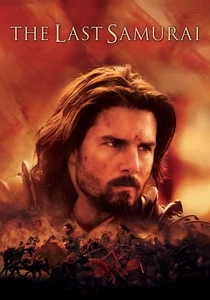
The Last Samurai (2003)
Description: While not strictly about an empire's fall, this film explores the end of the samurai era in Japan, paralleling the decline of the Tokugawa shogunate and the rise of Western influence.
Fact: Tom Cruise underwent extensive training to portray his character, including learning to ride horses and handle a katana. The film was shot in New Zealand, not Japan.
 Watch Now
Watch Now 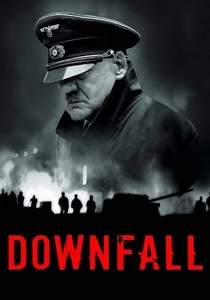
Downfall (2004)
Description: Set during the final days of World War II, this film portrays the collapse of the Third Reich through the eyes of Hitler's secretary, Traudl Junge. It's a chilling depiction of the fall of a modern empire.
Fact: The film was controversial in Germany for its portrayal of Hitler as a human being rather than a monster. It was also banned in several countries due to its sensitive subject matter.
 Watch Now
Watch Now 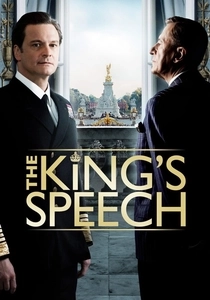
The King's Speech (2010)
Description: This film indirectly touches on the decline of the British Empire by focusing on King George VI's struggle with his speech impediment during a time when Britain was losing its global dominance.
Fact: The film was initially rated R for language but was later changed to PG-13 after appeals. It won four Academy Awards, including Best Picture.
 Watch Now
Watch Now 
The Fall of the House of Usher (1960)
Description: Based on Edgar Allan Poe's story, this film metaphorically explores the decline of a family's empire through supernatural elements, symbolizing the decay of old aristocratic houses.
Fact: Vincent Price, who stars as Roderick Usher, was a frequent collaborator with director Roger Corman, making several Poe adaptations together.
 30 Days Free
30 Days Free 
